Need a laptop for your kids in 2024? It’s back to school season, and an ideal time to work out what you need, whether it’s a backpack, laptop, tablet, or software.
It’s that time again: back to school season. Time to prep the uniforms, backpacks, pens, paper, and lunchboxes for the school year in Australia, and other parts of the world, too.
In Australia where Pickr operates, back to school season runs from the end of January to the middle of December, with the occasional school holiday period peppered several times in between.
And that means it’s time for parents to not only prep their kids for another year of school, but to also get ready some tech requirements for the upcoming school year. Most schools will have them, and that means working out what you need to buy for your kids to let them do their school work, either at school or when they come home.
We’ve written back to school guides for a number of years now, and some may still be just as useful now as they once were, such as our 2023 back to school guide, which covers a variety of laptops and tablets you can still get today.
But it’s also a new year, and that means we’re going to see what’s changed, as well as cover the latest tech worth considering for students in 2024, starting with what you need.
Talk to your school about the requirements
One of the best places to find out what you need won’t come from your kids. Rather, it’ll come from their school.
Before the start of the year (and probably at the end of last year), schools will typically provide a list of requirements for books and software, and possibly for the hardware students will be using.
Every school is different, and may have a more set requirement on what you need. While any laptop should do — and many tablets — checking with your school is critical.
Your kids might want an iPad or MacBook Air, or even one of the many gaming laptops out there, but if your school has specific requirements, checking to find out what they are is crucial.
Think about the size and weight
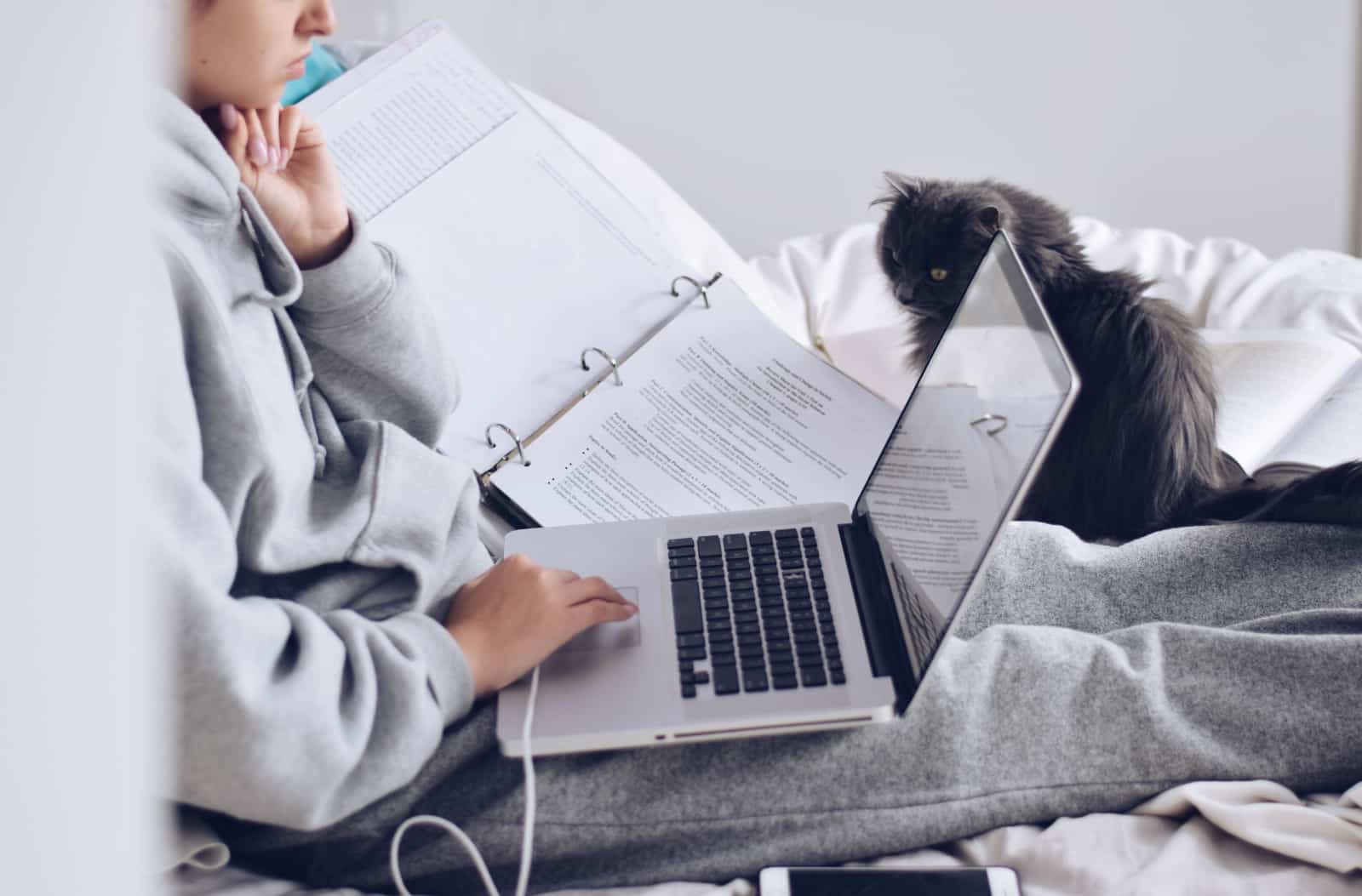
It’s also important as parents to think about the size of a device, particularly if your kids will need to bring that device with them daily. While most laptops still fit in a backpack comfortably, larger laptops measuring, 15 or 17 inches (or higher) can be both larger and heavier than smaller laptops, and that can lead to carry issues over a period of time.
A great backpack can help mitigate some of this, but heavy laptops aren’t often made for the regular day-to-day carry that students may need.
That’s worth thinking about if your kids point at a gaming laptop for their device of choice, because these often come with large screens and hefty weights.
Before deciding on a laptop, be sure to check the weight and whether your kids will be happy carrying it day in and day out.
Budget iPads and Android tablets
We’ll get to laptops shortly, but first, let’s touch on tablets. Understandably, they’re a popular solution for kids and students thanks in part to the size.
Slim and relatively lightweight, they can arrive with Windows, Mac, and Android, all of which can handle web browsing, email, and many of the apps kids and students might need to rely on. They also tend to come with decent battery life, too.
One thing a tablet won’t typically come with is a keyboard, so you may need to add your own to the mix. You can easily build your own workstation with a desktop keyboard and a tablet stand, and tablets don’t typically need a mouse because their entire touchscreen is one big mouse.
Depending on how kids end up using the tablet, you may want to bring a stylus along for the ride, as they can make it easier to write or draw on the screen.
Budget Android tablet: Samsung Galaxy Tab A9+
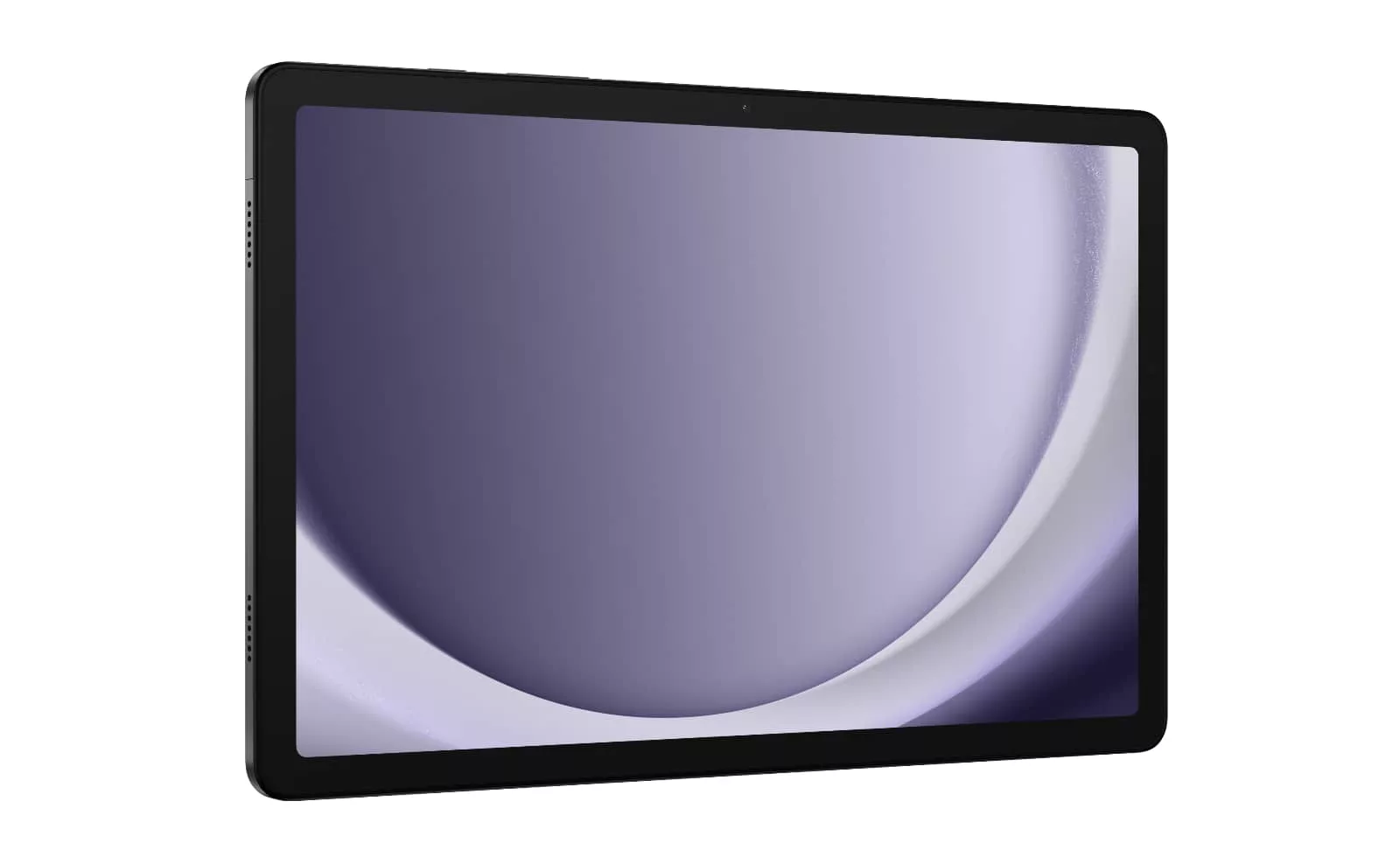
Price: from $379
If you’re after a device that won’t break the bank and offers the basics — apps, web, email, and such — plus a little more, you may want to look at Samsung’s A-series of Galaxy Tab models.
Not quite the high-end, but markedly better than a cheap-as-chips budget tablet, Samsung’s Galaxy A-series will provide a big screen for under $400, and a performance that won’t likely feel as sluggish as a $100 tablet.
Budget iPad: Apple iPad 9th-gen
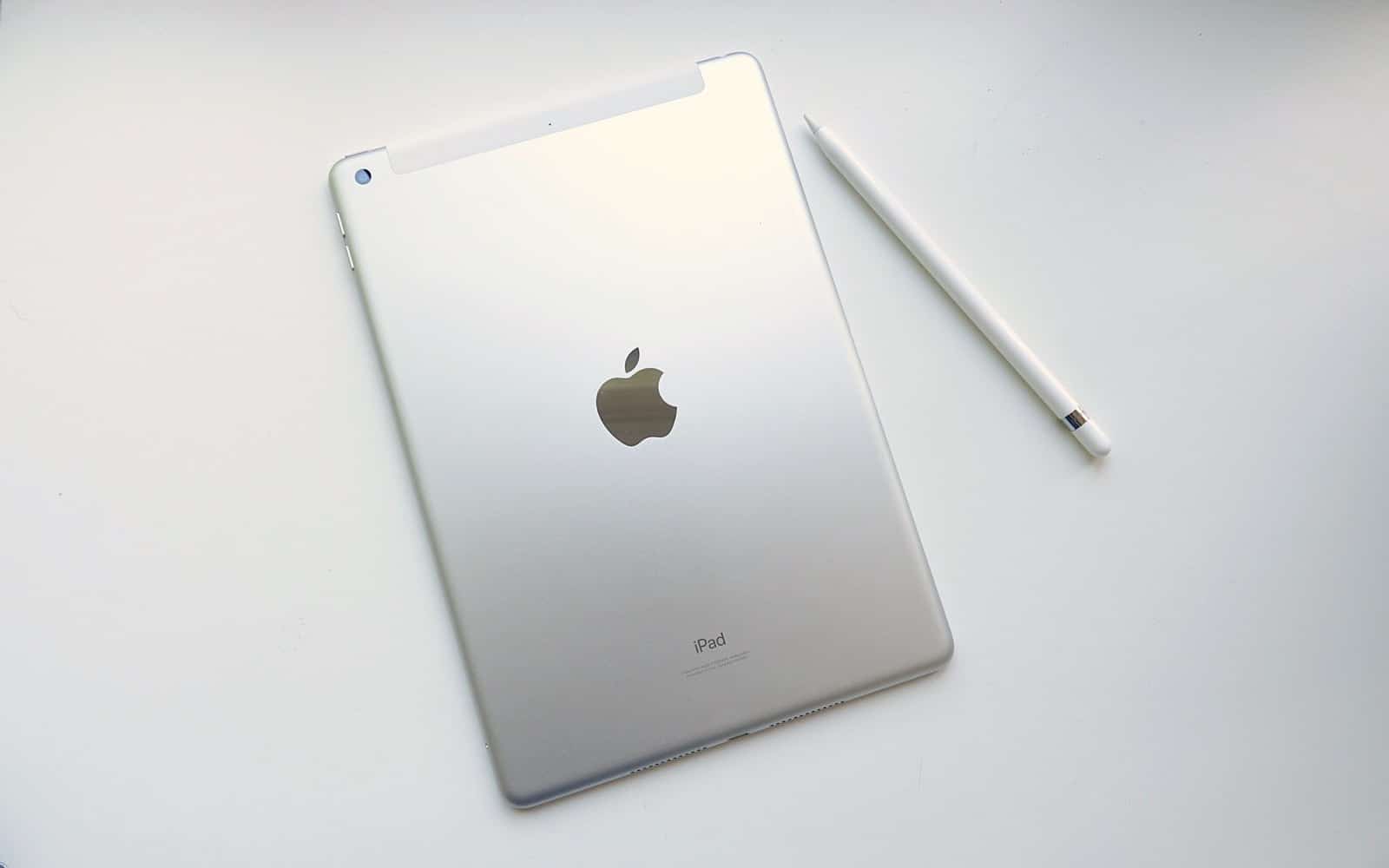
Price: from $549
A little bit higher up, the Apple iPad 9th-gen is still one of our favourites just because of how much value it packs in.
The least expensive iPad out there, it may well be the “cheap iPad”, but it’s a whole lot better than a lot of other cheap tablets we’ve seen. Armed with a great screen, solid processor, and support for both the Apple Pencil and an Apple keyboard cover, not to mention the sheer number of Bluetooth keyboard cases, this is the iPad to get if you know you want an iPad for your kids, but don’t know which model to settle on.
K-6: Low-cost laptops for up to 6th grade
While a tablet will suit many kids in K through 6, it won’t suit everyone. You might need to grab a computer with a dedicated keyboard, mouse, and maybe an operating system such as Windows or Mac, or even Chrome OS to make things easier for your kids.
Fortunately, there are options in these categories.
Google’s Chromebooks can save money
One popular option for saving a few bucks on student laptops is with Chrome OS, a Google operating system that is most easily described as Google’s Chrome web browser made into an operating system.
That might sound a little limiting, but the idea is to use browser-based apps that can work without an internet connection. Surfing the web always requires the internet, but in Chrome OS, writing documents, editing slide decks, and other in-browser apps can work without the internet, which is what Chrome OS relies on.
Helping the cost of a laptop is that Chrome OS is free, so you tend to find it on less expensive laptops, making it ideal for kids and students.
However, you will want to check with a school on whether a Chromebook is ideal. There is a difference between what Google’s Chrome OS offers and that of Mac and Windows, and if students need specific apps that aren’t available or supported by Chrome, a Chromebook will not be ideal for them.
Lenovo Ideapad Slim 31
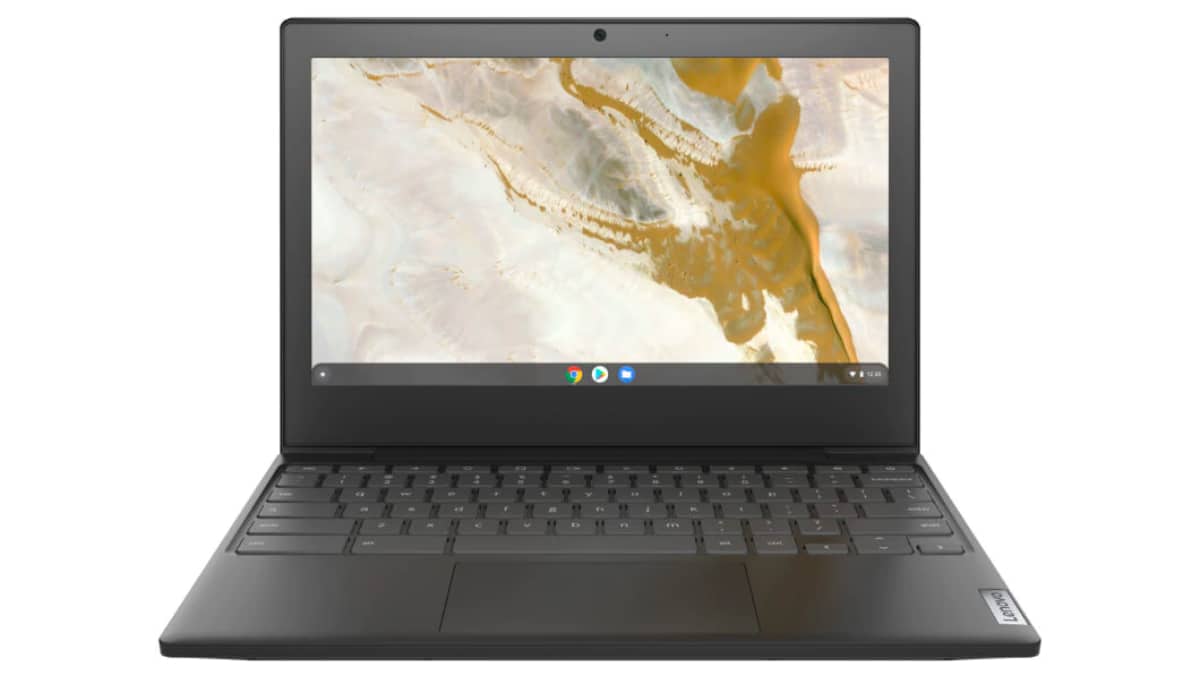
Price: $249
A properly inexpensive laptop, the Ideapad Slim 3i is probably one of the cheapest laptops around.
It doesn’t come packing much in terms of specs, offering a ho-hum Celeron chip, 4GB RAM, and 64GB of storage which you’ll be lucky to see 50GB of, but it does bring an 11 inch screen for not much, providing web, email, and productivity app usage, which might be just enough.
A 14 inch model can also be found with a little more storage and a bigger screen for under $300 if you look.
HP Chromebook X360

Price: $399
A little more expensive, the 2-in-1 hybrid laptop that is the HP X360 Chromebook brings a 14 inch Full HD screen together with Chrome OS, 4GB RAM, and 128GB storage, plus a handy hinge to make it both laptop and tablet.
Processing power is like the other Chromebook model, and won’t see this laptop used for much more than productivity, but again, given it’s for school, that might be A-OK.
Windows and Mac
For most parents, buying a laptop with a more obvious operating system is going to be the logical choice, and that means Windows and Mac.
Apple is the only maker of anything that officially runs as a Mac, while Windows runs on most laptops made by Apple. Because of this, you can find the biggest selection of Windows computers to choose from, while Macs are typically limited to a handful of devices, though each is typically an excellent device, at least based on reviews from the better half of the past decade.
We can’t provide a list of every great laptop, as there’d be just too many to choose from, but here are some models you might want to check out for K-6 kids.
HP 14-DQ0513TU
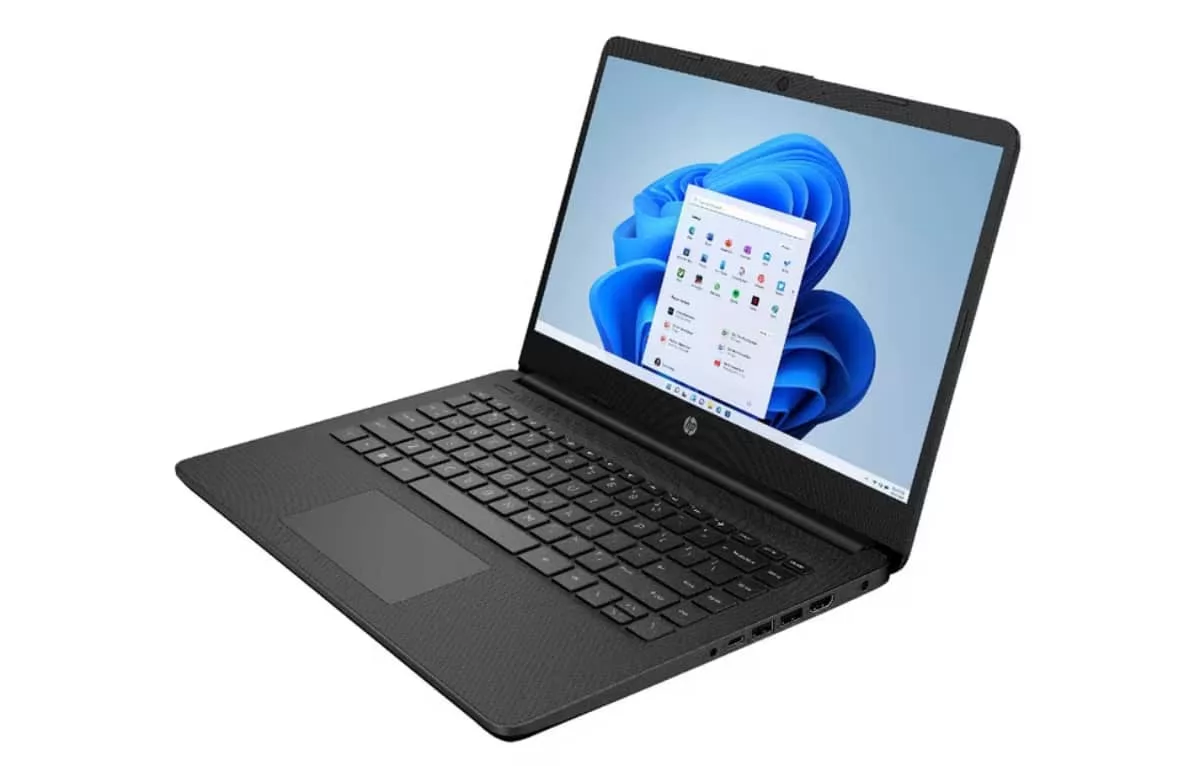
Price: $349
Gone are the days when HP’s Stream book dominated budget school-focused laptops, but HP still has a place in entry-level laptops, and this model definitely is that.
A 14 inch HD laptop armed with 4GB RAM, 64GB storage, an Intel Celeron, and Windows 11, this certainly reads like a Stream PC, only without the fun blue and pink case options. Frankly, it’s inexpensive and runs Windows, and that might be all you’re looking for.
Acer Spin 3 14 inch
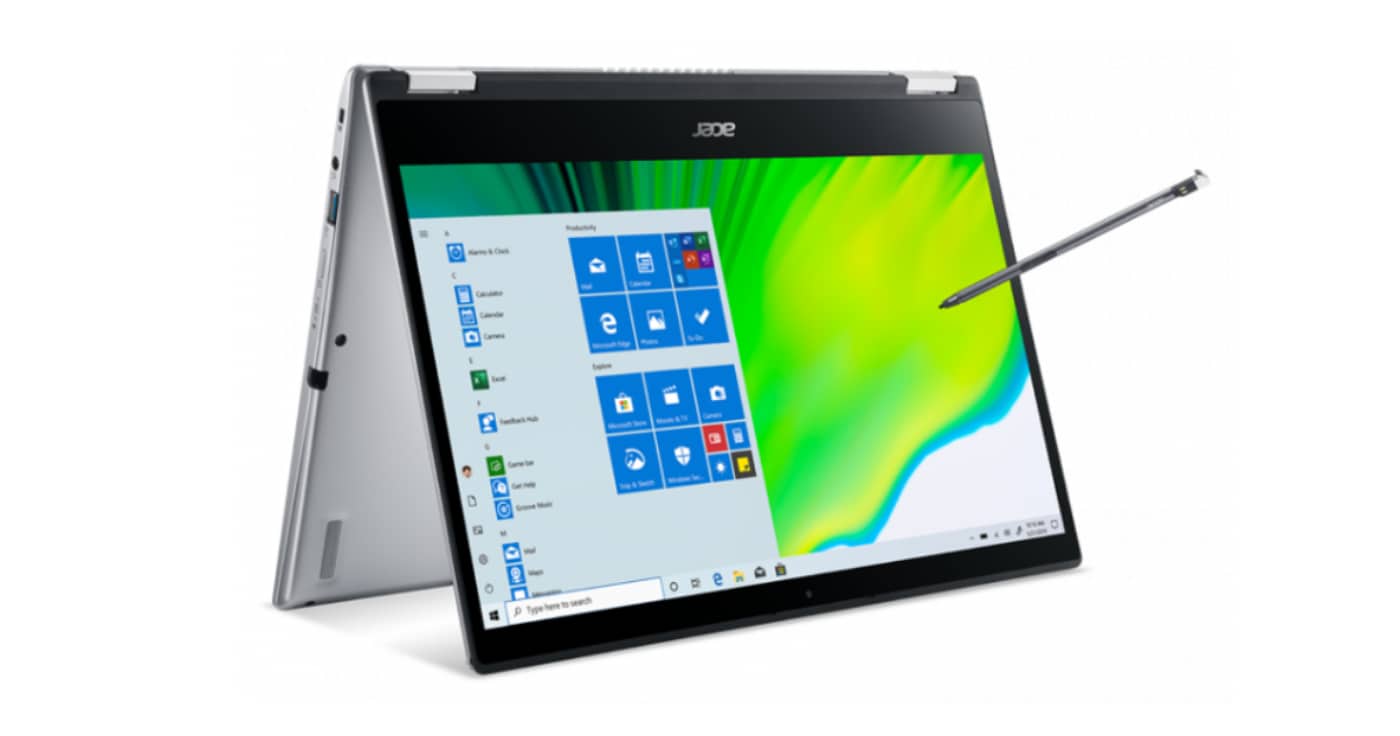
Price: $599
A little more in cost, the Acer Spin provides a 2-in-1 design courtesy of a 360 degree hinge, and upgrading a little more, too. You’ll find 8GB RAM and 128GB storage, effectively doubling things, and possibly a little more battery life, too.
Lenovo IdeaPad Flex 14
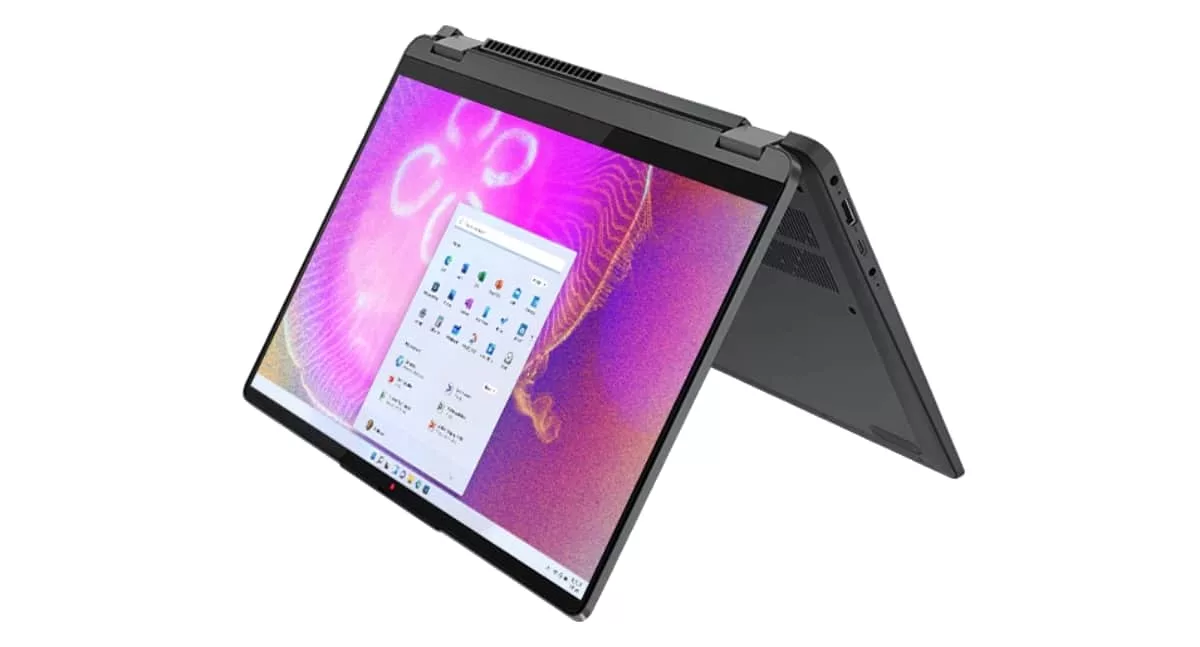
Price: $899
Moving up through the list, another 360 degree hinge in the Lenovo Flex means you get both a 14 inch tablet and laptop for one, but you also get it with a better Full HD screen, plus 512GB storage, which should keep students going for a while yet.
There’s also a better chip here, with an Intel Core i3 found inside the Flex, making it just that little bit more capable.
Apple MacBook Air M1 13 inch
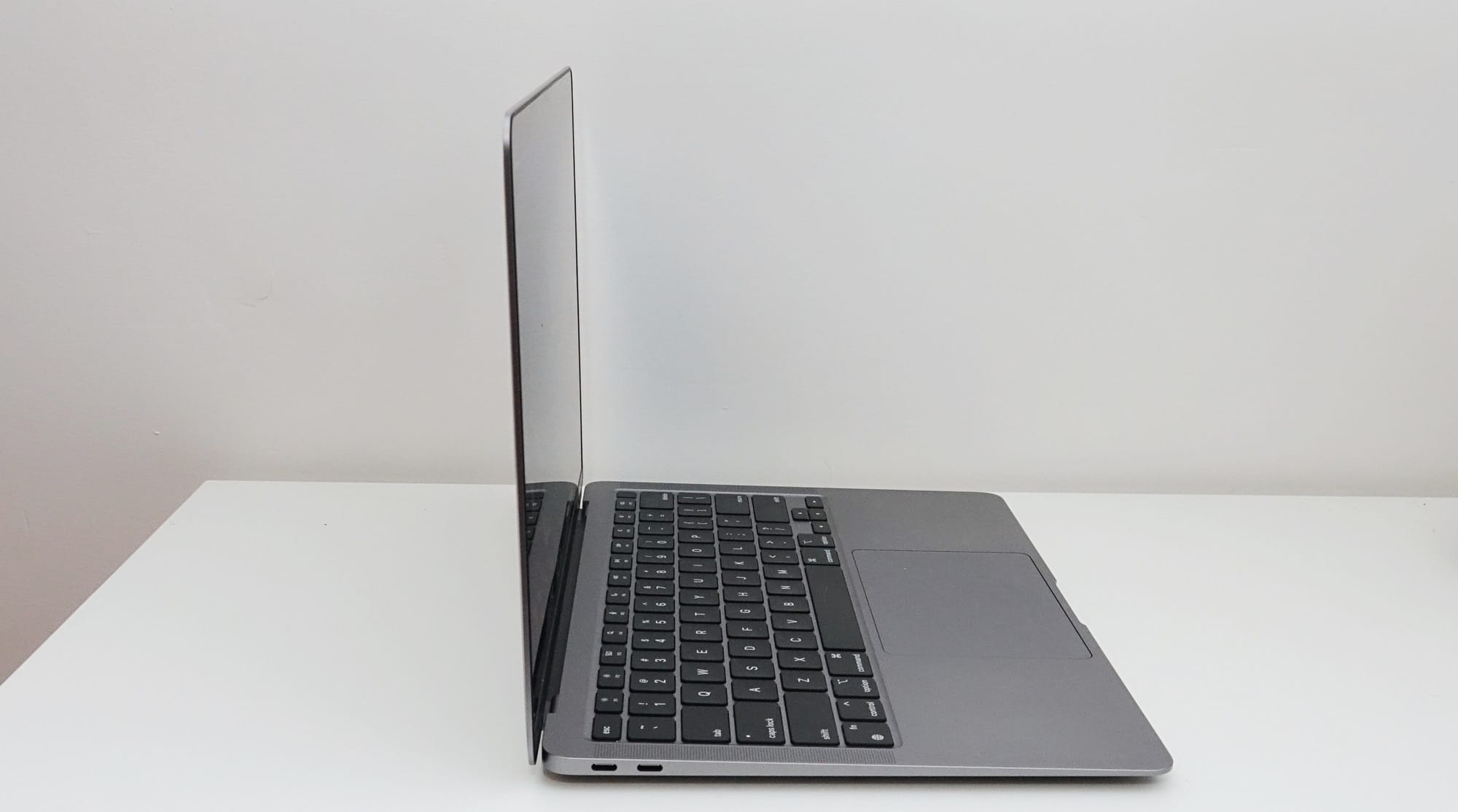
Price: $1349
Apple’s least expensive MacBook is still one of our favourites, simply because it delivers such an excellent package. You’ll only get two USB-C ports, but everything else is just brilliant in this laptop, which offers a lovely 13 inch screen, a fantastic keyboard, an excellent aluminium design, and a processor and battery life combination that love each other equally.
A few years on from our initial review, the M1 MacBook Air is still an excellent choice for any student, be it K through 6 or venturing into high school.
High school: better laptops for the next few years
Once your kids have made their way into the early adults they’ll be entering high school, you may want to get them something a little more powerful, and certainly made to go the distance.
A good computer can last several years, especially when treated well, and it may stick with them for much of their high school life.
In high school, it’s likely students will need to stick to the more established operating systems of Windows and Mac, simply because they are where the majority of the apps will be. If they’re a creative type, they’ll likely need one of those operating systems, while early game developers can use either or Linux, but will still need decent hardware.
And even if they haven’t chosen a specific OS-dependent path, Mac and Windows will provide the most flexibility in high school simply because the app selection is wider.
As usual, it’s important to talk to the school to find out what your high schoolers will need, but we’d recommend also talking to your kids to find out what sort of size they want to carry around.
If they’re carrying a laptop daily, picking something with a comfortable weight that won’t hurt their back will be important, as will making sure the laptop is padded and protected in the bag to keep it going.
Talk to your kids and find out what they’d be happy to carry, and then check out the suggestions below.
Asus Vivobook 15 D1502
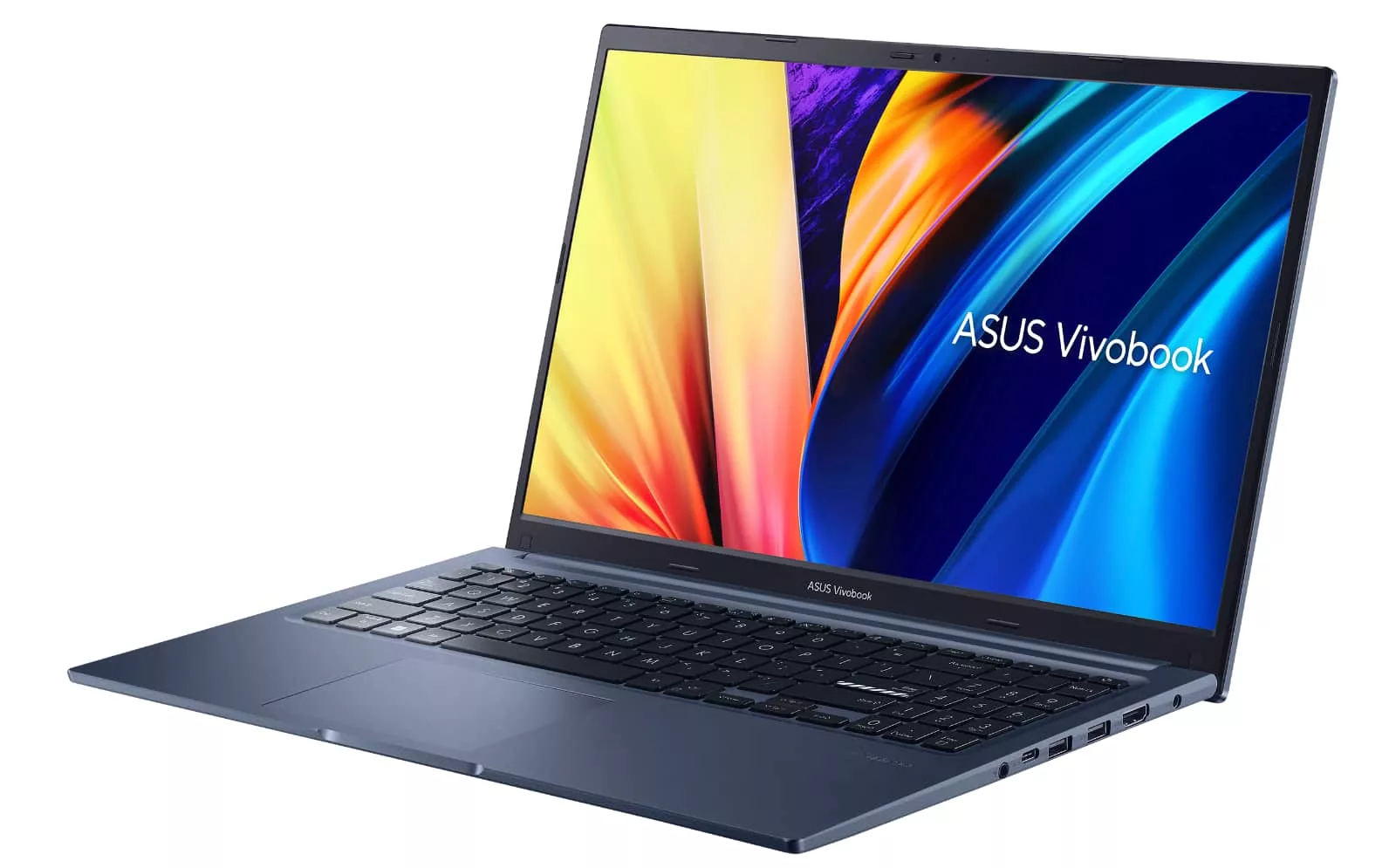
Price: $899
A slightly bigger laptop than the 13 and 14 inch models we’re used to suggesting, the 15 inch Vivobook brings a Full HD screen to a large size, and connects it with a fast Ryzen 5 chip from AMD, which comes with some graphical prowess, as well.
There’s 8GB RAM and 512GB storage, as well as Windows 11, and it even sports some fancy cooling technology in case the laptop gets a touch toasty, too.
Dell Inspiron 3525 15.6
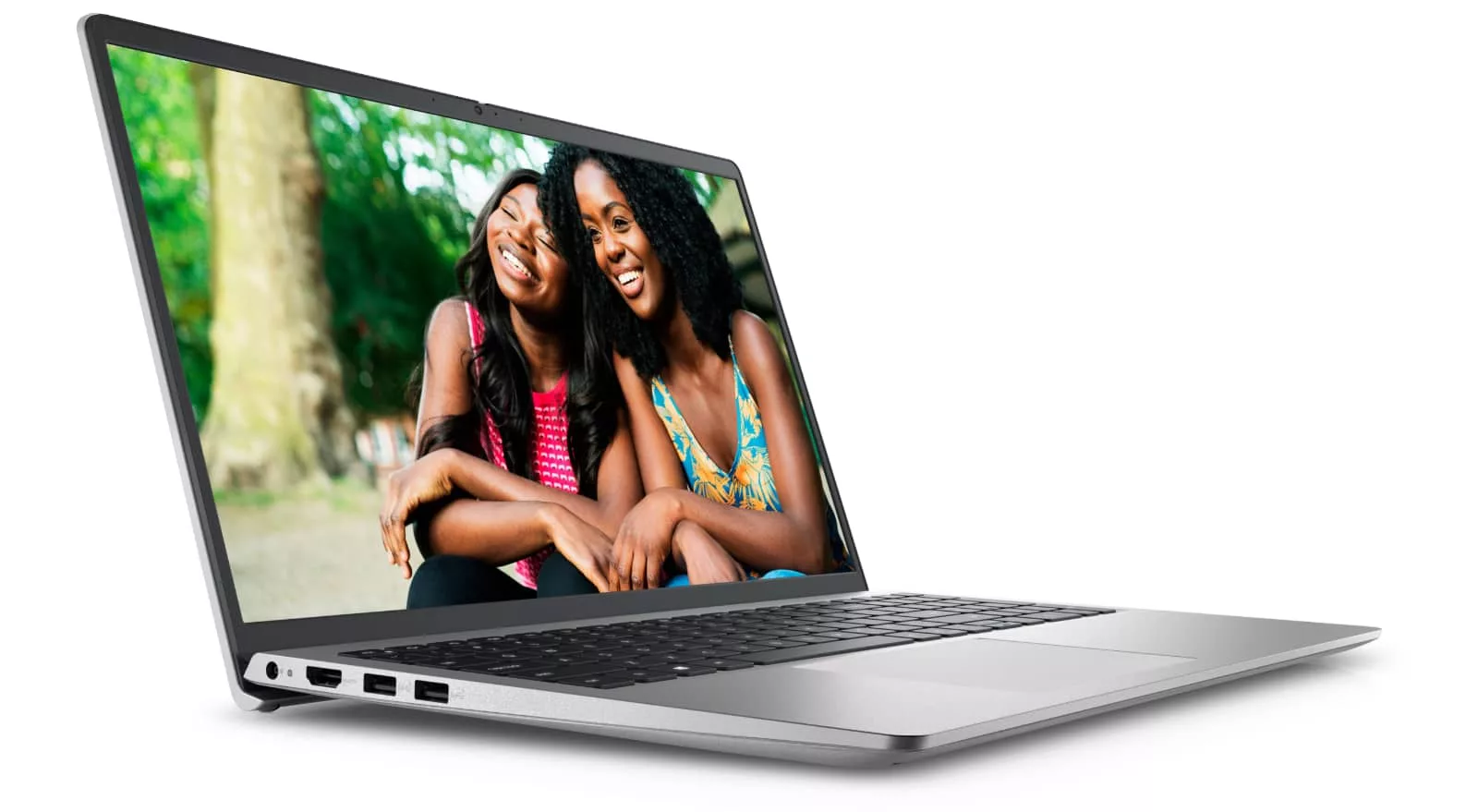
Price: $999
Another of the 15 inch laptops, Dell’s Inspiron 3525 brings a larger 15 inch screen, but makes it a fast one, too, sporting a 120Hz refresh rate.
A larger notebook, this one sports an AMD Ryzen 5 chip with 512GB SSD, plus some Radeon graphics in case there’s some graphical needs, such as with 3D work or even a slight hint of “not-when-mum’s-looking” gaming.
Apple MacBook Air M2 13 inch

Price: $1799
Another solid entry for high school, the M2-edition of the MacBook Air 13 includes a better chip, a bigger screen, and a lovely finish and design. It’s a fantastic little system that should last years, thanks in part to a processor that seems difficult to push to its limits.
Microsoft Surface Laptop 5 13.5
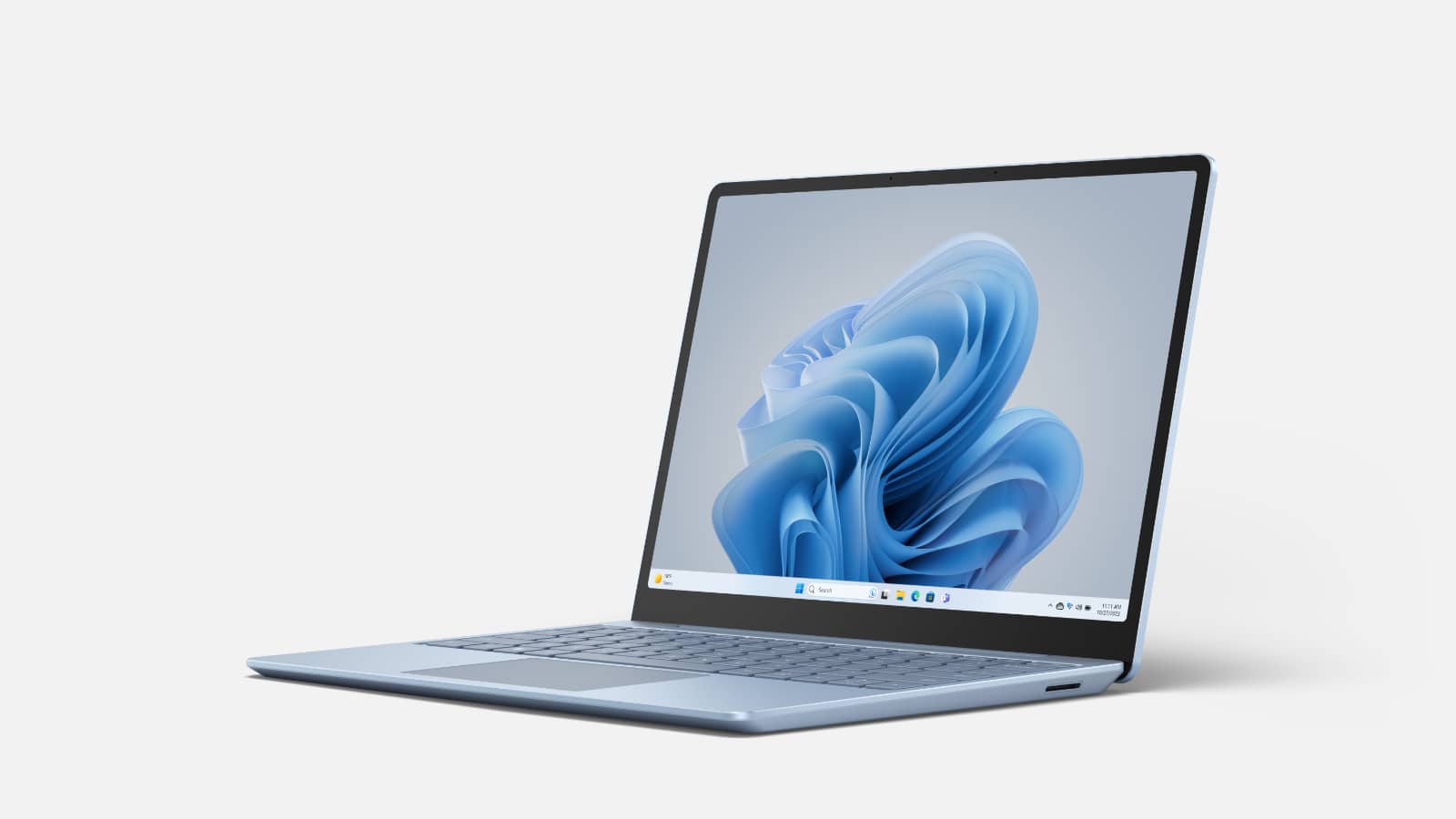
Price: $1849
Microsoft’s take on the Surface Laptop is still worth looking for, particularly if you’re looking for a Windows take on a MacBook Air of sorts.
That is largely what the Surface Laptop is, offering a 13.5 inch touchscreen, Intel Core i5, 8GB RAM, 256GB storage, and a premium design, too.
HP Envy X360 Evo 13.3
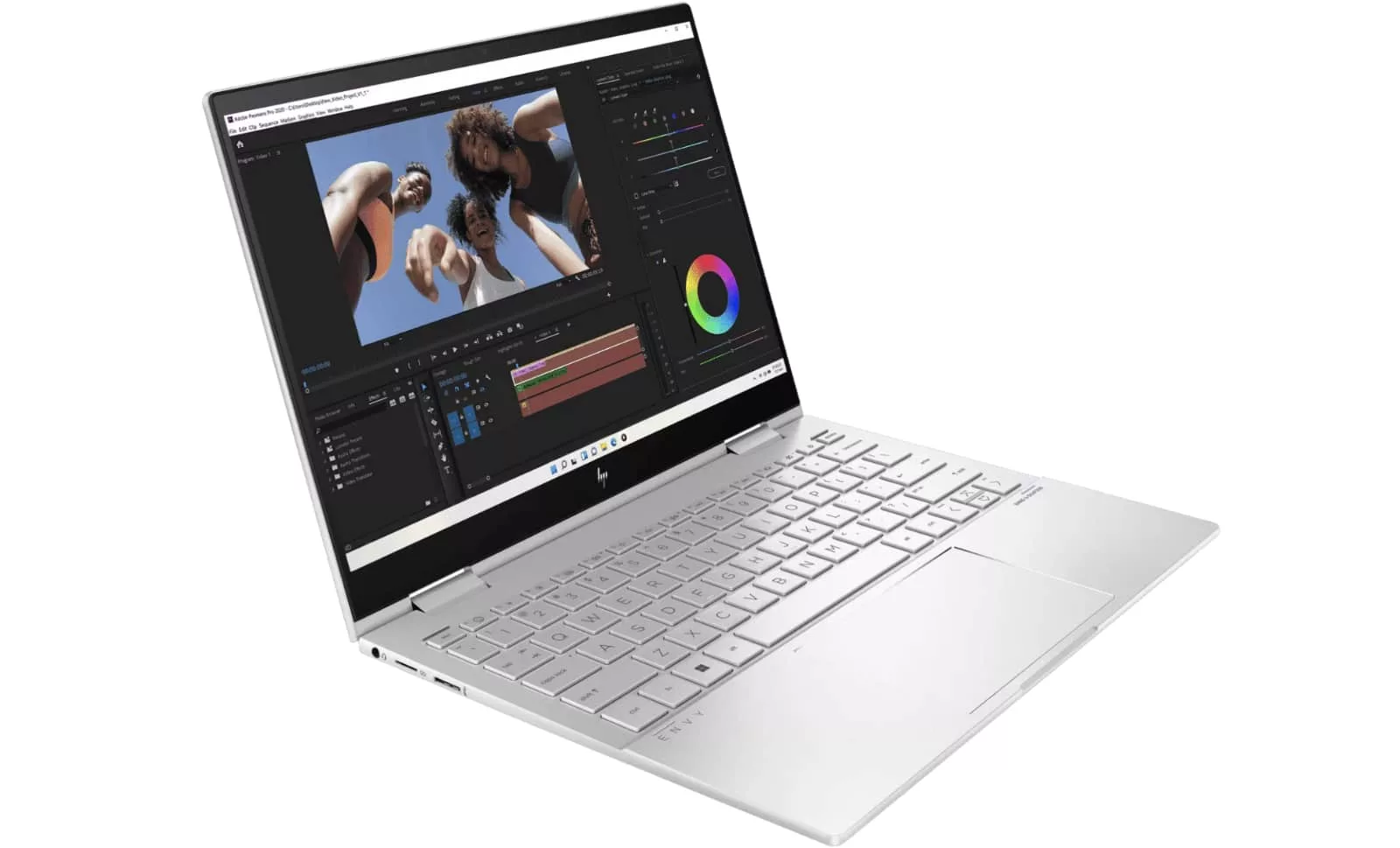
Price: $1899
While it’s not the schmick foldable HP we saw last year, the Envy X360 Evo brings together a 360 degree tablet-hybrid design with a Full HD IPS screen, 512GB storage, 8GB RAM, and an Intel Core i5 chip, plus Windows 11.
Apple MacBook Pro M3 14 inch
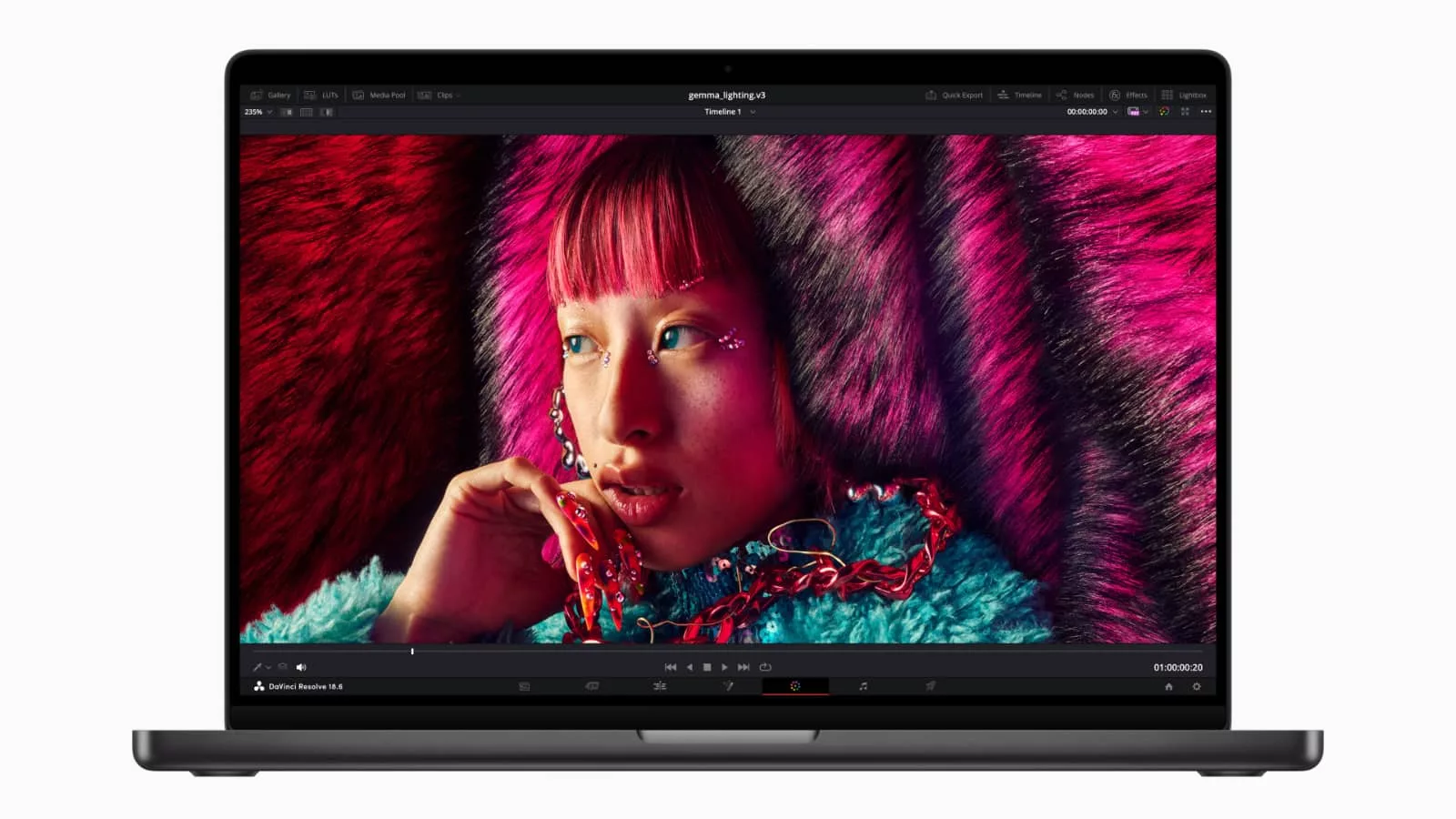
Price: $2699
A little more grunt than most folks will need, if your child is a born content creator or working in anything where they need processing grunt, you might want to look to a MacBook Pro.
There are degrees of MacBook Pro, with the 14 inch M3 being entry-level and very capable to the 16 inch Pro with the M3 Max commanding a high price tag and plenty of money, but it is so good, too.
Sufficed to say, any MacBook Pro should be an amazing machine throughout high school, and could even keep them going until they hit uni.
How long should a laptop last?
It’s worth noting that when you buy one of these devices, you should ideally tell your kids that laptops, tablets, and computers are purchases that should last a while, with the word “years” in your efforts.
Any device can last several years with the proper care, and that can mean making sure it’s handled with care, treated well, backed up regularly, and generally not just thrown about like every other thing inside a school backpack.
A good practice is to back up the laptop regularly, either to the cloud or with an external storage solution, and to ensure the laptop or tablet is padded and protected nicely in a bag. Try not to drop the laptop, as this can obviously make things worse, or even spill water on the laptop.
Worth noting, though, is that some laptops are rates with IP-ratings for water resistance, and others may include an “MIL-STD” rating for military specification testing, both of which mean they can survive some spills. If you get a laptop with either, it will be more hardy than laptops without, though we wouldn’t go about intentionally testing the limits of either.
For most people, expect a laptop with minimal care to last at least 2-3 years, while great care can see a laptop going for as long as 5-7 years (though operating system updates will be much rarer, if even found at all).
Backpacks and accessories
Keeping a laptop or tablet in great condition will come from care, and part of that care lends itself to how you pad and pack the lappy.
For some, the easiest way of dealing with this is to buy a laptop with a nicely padded laptop section, which many laptops provide. While this has become a more common feature, it’s a good idea to check the bottom of the back to make sure it’s well made, as if a bag is overloaded, you can largely expect the bottom to fall out, and that may affect your padded laptop section.
Laptop bags aren’t the same between brands, so be sure to find something comfortable, well made, and if possible, well-reviewed. You may not find as many laptop bag reviews, so you might also want to go with your own feeling on the bag, opting for a brand you know and trust.
If your school requires a specific type of bag, particularly a school bag, consider grabbing a laptop sleeve to keep the laptop padded and protected, especially in the chaos that is a school backpack.
Other accessories you may want to consider can include a wireless mouse, pair of headphones, and maybe an extra power pack, particularly one that uses Gallium Nitrde (GaN) which manages to make the power packs smaller.






